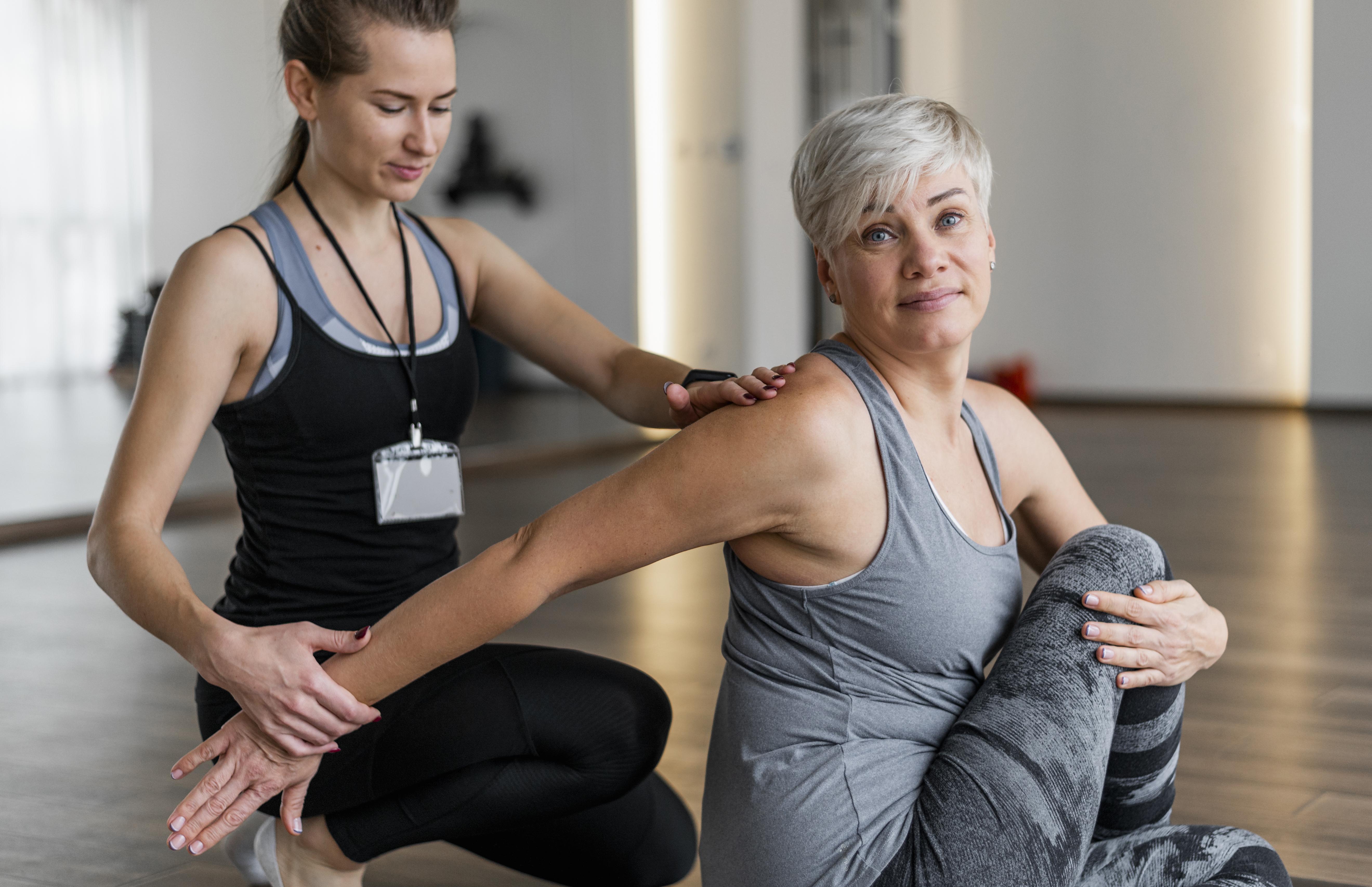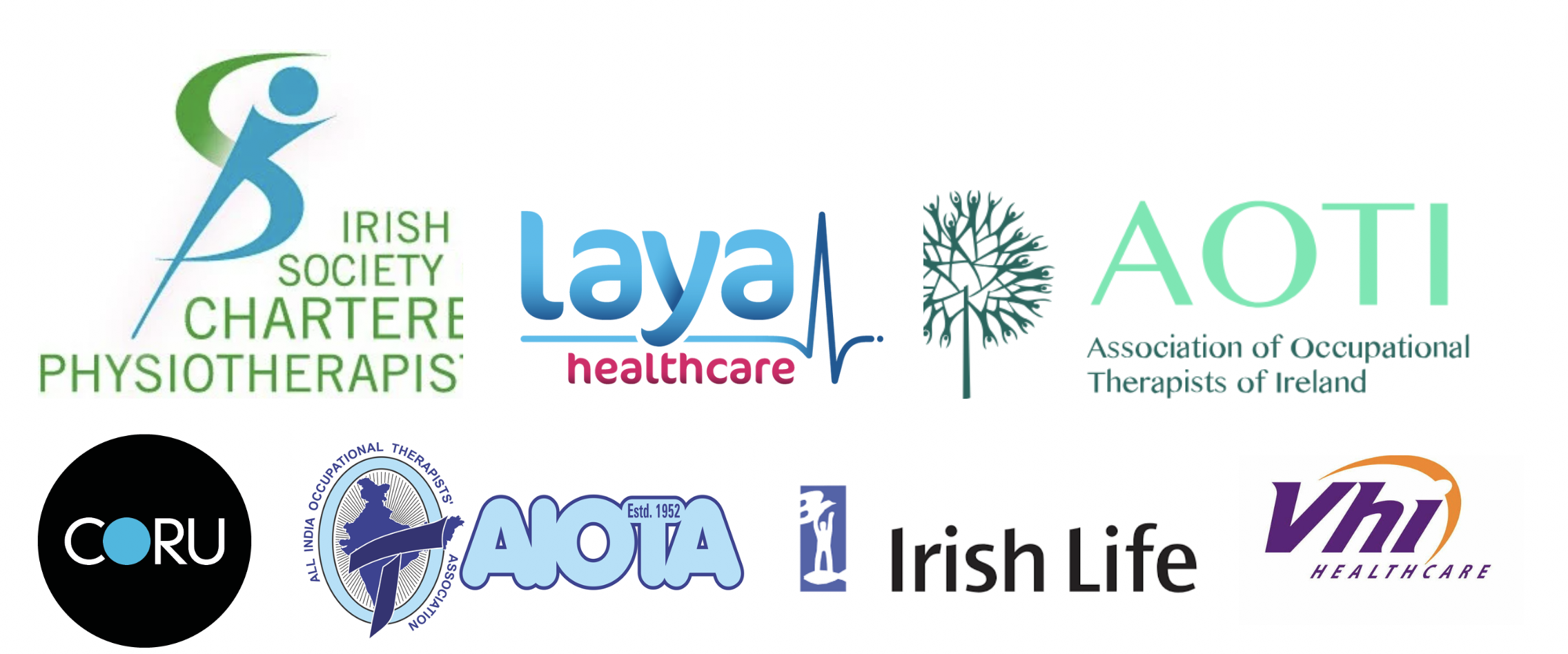
Welcome to NDT Contemporary method :
The NDT™ Contemporary Practice Model is currently based on theories of movement that support the development or learning of skill as a process that involves the interrelationship between, intrinsically, the systems of the human body, and extrinsically, influences of physical and sensory variables of the environment.
The NDT™ Contemporary Practice Model principles of treatment include the use of a multi-disciplinary team approach primarily including the child and family, physical therapy, occupational therapy, and speech-language pathology, and recognition that the emergence or learning of functional skills addressed by one therapy discipline overlaps and can impact another.
The NDT™ Contemporary Practice Model involves the analysing of the task and critical thinking to determine motor behaviours critical to accomplishing the task, and developing of requested child / family participation level daily task goals and objectives related to individual client abilities and physical and sensory challenges.
This Contemporary Practice Model relies heavily on precise, graded, handling skills that guide the client to ultimately developing skills in motor behaviours necessary to achieve independence in performing desired functional activities.
NDT™ Contemporary Practice Model intervention typically integrates a number of evidence based practices, dependent upon each child, their task/s and the environmental context in which the tasks are typically performed. Evidence based interventions such as:
Play based therapy – particularly for babies and children
Task specific training
Targeted /and reduced physical cues & prompts
Multi modal neuroplasticity based therapeutics
Applied motor learning theory
Strength training
Coaching – that is, helping parents learn best how to help their child’s task/s performance success related to their requests - at their preferred pace, level, and timeline
instruction in the use of cognitive strategies
Equipment, suiting, orthoses - generally as prescribed by the child’s therapy team
